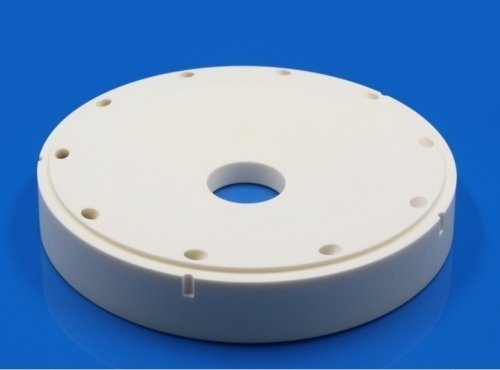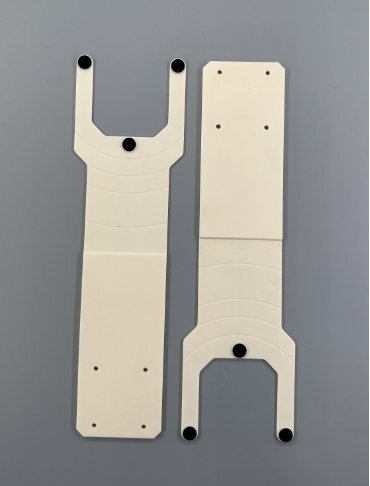In recent years, silicon carbide (SiC) with high breakdown electric field and high thermal conductivity has been increasingly used as a material for electric vehicle inverters. As the voltage of electric vehicle batteries increases from 400V to 800V, the demand for faster charging speed and higher power density also increases. However, the strong market demand for electric vehicles has not improved the production efficiency of SiC substrates manufactured using physical vapor transfer (PVT) methods.
CMP and CMP post cleaning processes play a crucial role in reducing surface roughness, scratches, and contamination of SiC wafers. At the same time, CMP combines the advantages of chemical and mechanical grinding, and can achieve surface roughness at the nanoscale to atomic level. If global planarization at the nanoscale cannot be achieved during wafer manufacturing, key processes such as photolithography, etching, thin film, and doping cannot be repeated, and process nodes cannot be reduced to advanced fields at the nanoscale. The CMP equipment is mainly divided into two parts, namely the polishing part and the cleaning part. The polishing part consists of four parts, namely three polishing turntables and a disc loading and unloading module. The cleaning section is responsible for cleaning and drying the wafers, achieving the “dry in and dry out” of the wafers. In the entire polishing equipment, alumina ceramics are ubiquitous.
1. Alumina Wafer Polishing Disc
At present, using ceramic grinding discs to grind semiconductor wafers is the most advanced grinding method. The double-sided grinding process is used to grind the cut wafers, and the quality of the grinding discs is improved by improving the grinding process (disc material, grinding fluid, grinding pressure, and grinding speed, etc.); Especially when using ceramic discs instead of cast iron discs, it avoids causing scratches or pollution to the main surface of the wafer during grinding, reduces the introduction of metal ions, reduces the subsequent processing volume of the wafer, shortens the subsequent process (corrosion) time, improves production efficiency, and reduces the loss of wafer processing, greatly improving the utilization rate of the wafer.
Alumina ceramics are usually used to prepare wafer polishing discs, which require high purity, high chemical durability, and good control of surface shape and roughness.

2. Alumina Ceramic Mechanical Handling Arm
In CMP equipment, the wafer is first picked up from the mechanical wall of the wafer box, accurately positioned and aligned onto the platform below the polishing head. The polishing head usually has a vacuum adsorption function. When the wafer is placed below it, the polishing head moves downward and firmly adsorbs the wafer onto the polishing head through vacuum adsorption. Once the wafer is fixed, the polishing head moves the wafer onto the polishing pad for the polishing process.

To avoid contamination of the wafer, it is generally carried out in a vacuum environment. The handling arm needs to be resistant to high temperature, wear, and high hardness. Both alumina ceramics and silicon carbide ceramics have physical properties such as density, high hardness, and high wear resistance, as well as good heat resistance, excellent mechanical strength, good insulation and corrosion resistance in high temperature environments, It is an excellent material for making semiconductor equipment robotic arms.
3. Alumina Vacuum Suction Cup
The common materials for vacuum suction cups are Alumina and silicon carbide. The ceramic forms a hollow structure inside, which adsorbs and fixes the adsorbed material by applying negative pressure to the porous matrix. The preparation process of this integrated hollow structure ceramic has a high technical threshold and is mainly used as a fixed fixture for wafer thinning programs (grinding machines, polishing machines, CMP), various types of measuring devices, and fixed fixtures for inspection devices Fixed fixtures for processing thin film sheets and metal substrates, etc.

